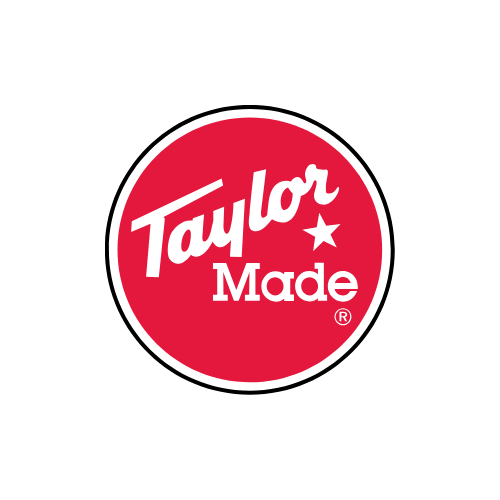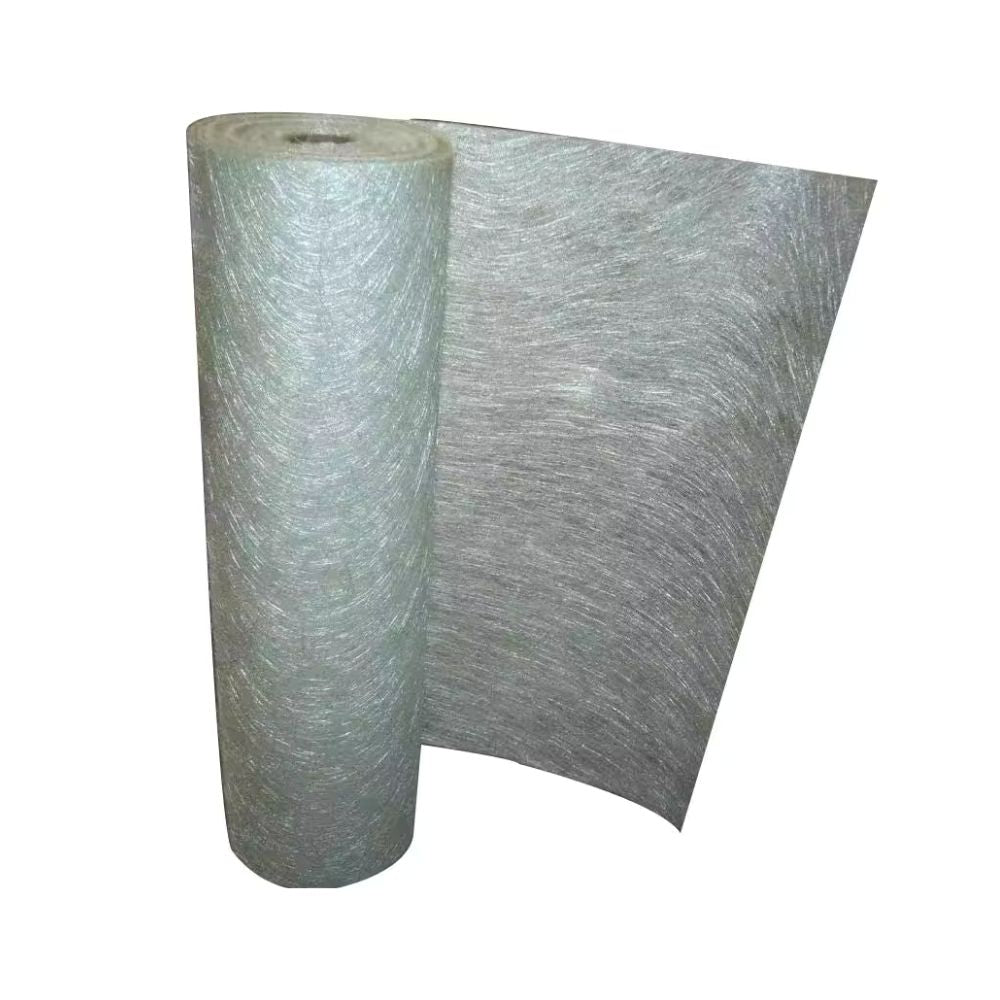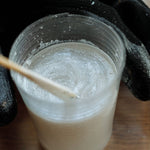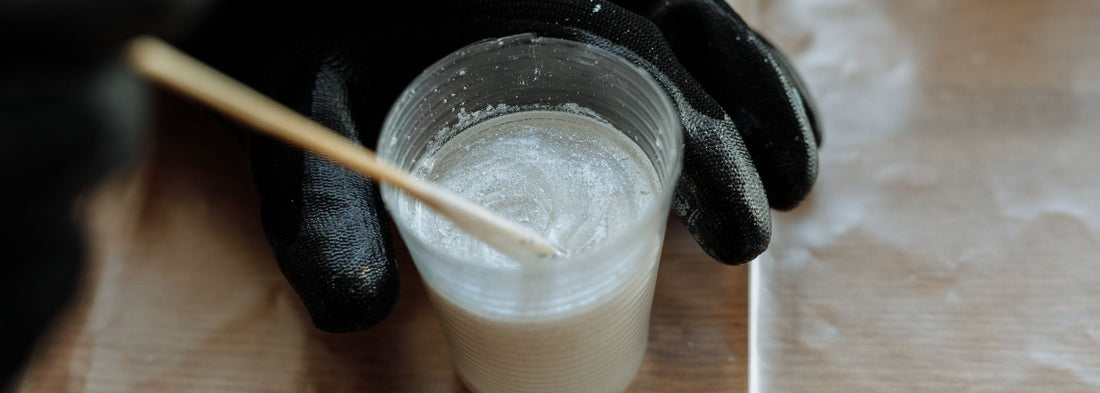
Best Resin for Fiberglassing: Polyester vs. Epoxy vs. Vinyl Ester
When it comes to fiberglassing, choosing the right resin is just as important as selecting the right fiberglass material. The three main types of resin used in fiberglass applications are polyester, epoxy, and vinyl ester. Each resin has its own strengths, weaknesses, and best-use scenarios. Understanding these differences will help ensure a strong, durable, and long-lasting fiberglass project.
Polyester Resin: Affordable and Widely Used
Polyester resin is the most common choice for general fiberglass applications, especially in boat building and repairs.
Advantages:
- Affordable – Polyester resin is the cheapest of the three options, making it ideal for large projects.
- Fast Curing – It has a relatively quick cure time, allowing for efficient application.
- Good Adhesion to Fiberglass – Bonds well with fiberglass mat and cloth.
- Easier to Sand and Finish – Once cured, it can be easily sanded and painted over.
Disadvantages:
- Brittle and Less Flexible – More prone to cracking under stress.
- Lower Adhesion Strength – Does not bond as well to existing cured surfaces compared to epoxy.
- More Absorbent to Water – Over time, polyester resin can absorb water, leading to potential delamination.
Epoxy Resin: Superior Strength and Durability
Epoxy resin is known for its high strength, flexibility, and excellent adhesion, making it a top choice for high-performance applications.
Advantages:
- Exceptional Strength and Adhesion – Bonds strongly to many materials, including fiberglass, wood, and metals.
- Waterproof – Offers excellent resistance to water absorption, reducing the risk of delamination.
- More Flexible – Less prone to cracking under stress or impact.
- Better Chemical Resistance – Resists chemicals, fuels, and solvents better than polyester.
Disadvantages:
- Higher Cost – Epoxy is more expensive than polyester and vinyl ester resins.
- Longer Cure Time – Takes longer to cure, requiring more patience and planning.
- Limited Compatibility – Epoxy does not adhere well to polyester resin, which can be a problem for repairs on polyester-built boats.
Vinyl Ester Resin: A Balance of Strength and Cost
Vinyl ester resin combines some of the best properties of both polyester and epoxy, making it a great middle-ground option.
Advantages:
- Higher Strength than Polyester – More flexible and resistant to cracking.
- Better Water Resistance – Less absorbent than polyester, reducing the risk of blisters and delamination.
- Improved Adhesion – Bonds better than polyester but not as strongly as epoxy.
- Chemical and Heat Resistance – Offers superior resistance to heat and chemicals compared to polyester.
Disadvantages:
- More Expensive than Polyester – Costs more but is still cheaper than epoxy.
- Requires Catalyzation – Needs a precise ratio of catalyst to resin for proper curing.
Which Resin Should You Choose?
- Use Polyester Resin if you need an affordable solution for large projects where flexibility and waterproofing are not critical.
- Use Epoxy Resin for maximum strength, superior adhesion, and long-term durability, especially for structural repairs and bonding to various materials.
- Use Vinyl Ester Resin if you need a balance between affordability, strength, and water resistance, such as for boat hulls and decks.
For high-quality resins, fiberglass materials, and marine supplies, check out Boat Suppliers for everything you need to get the job done right!
Prev post

What Is Chopped Strand Mat? A Beginner's Guide to Fiberglass Mat
Updated on 26 March 2025
Next post
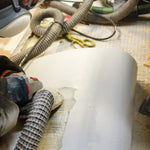
How to Prevent and Repair Fiberglass Delamination
Updated on 23 March 2025




